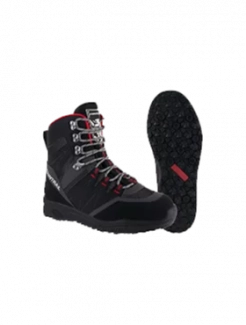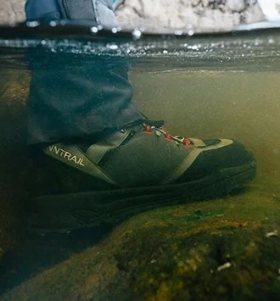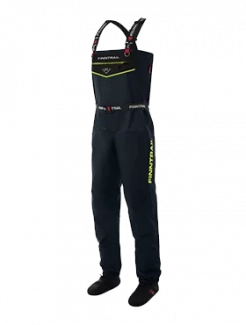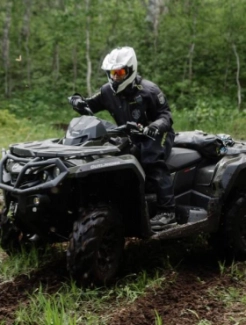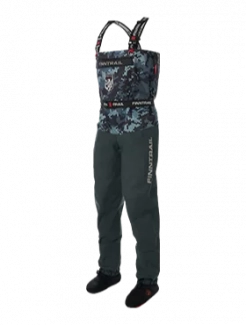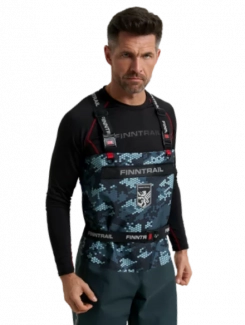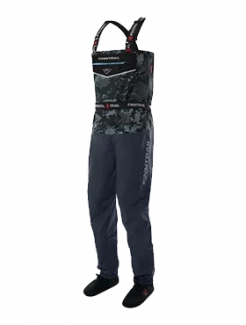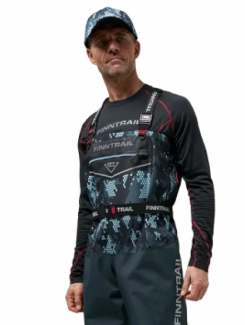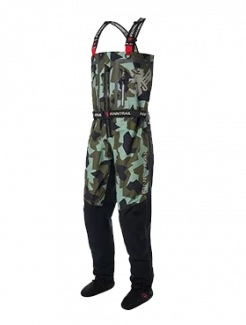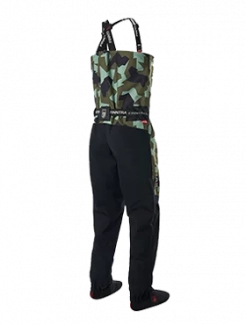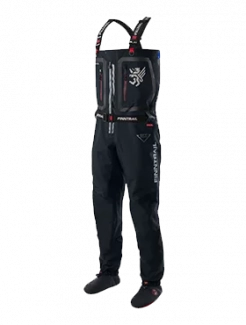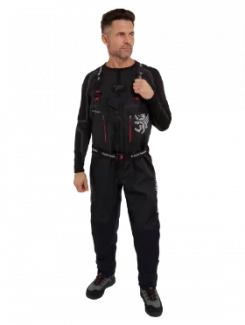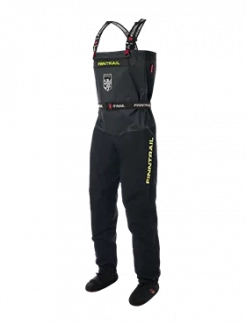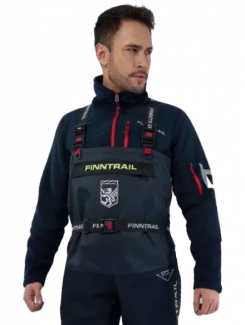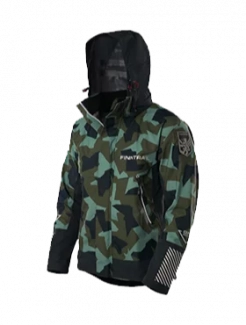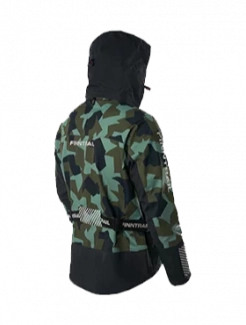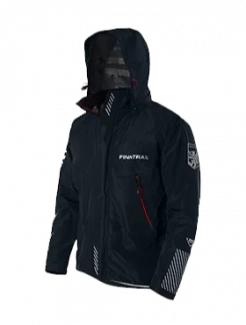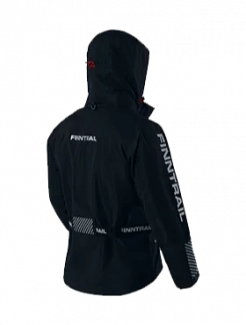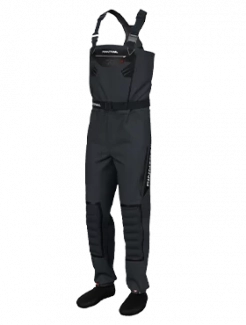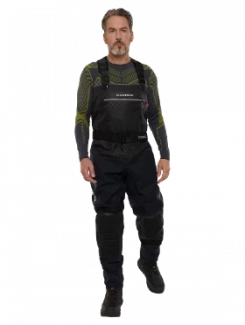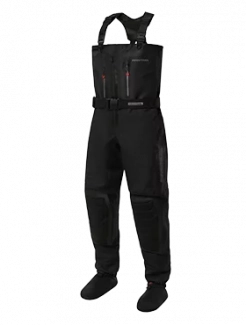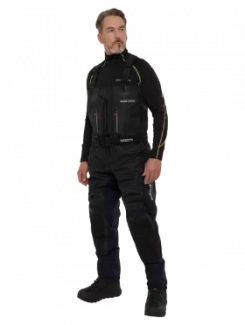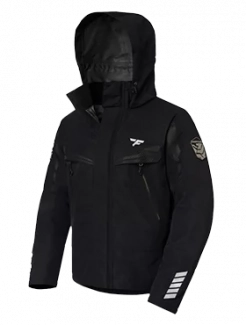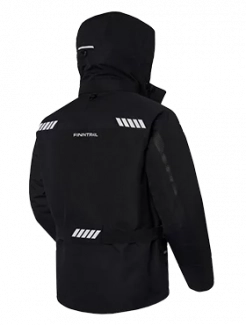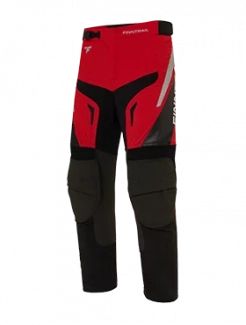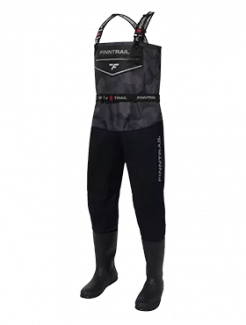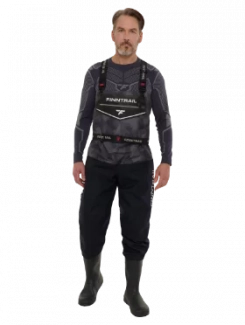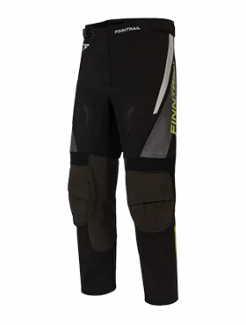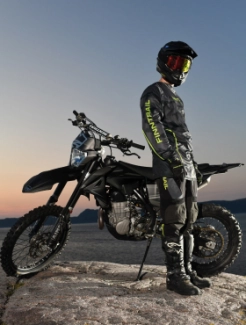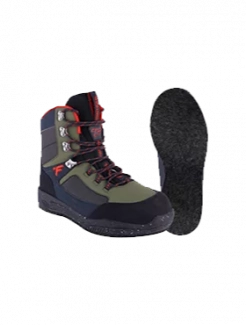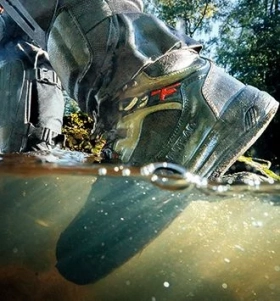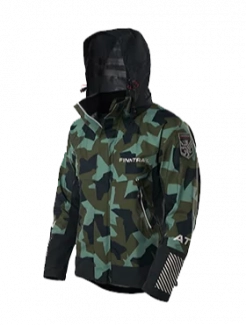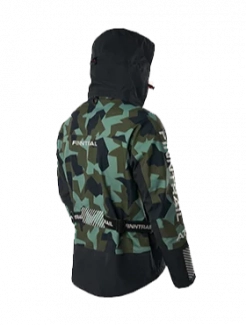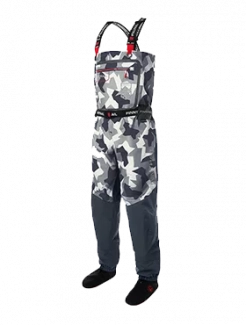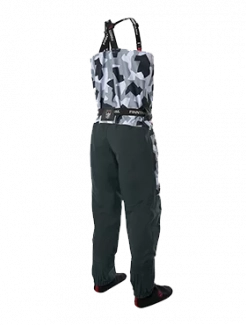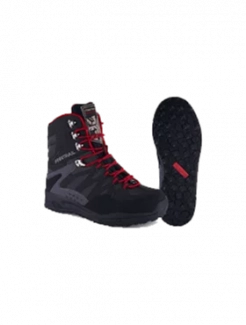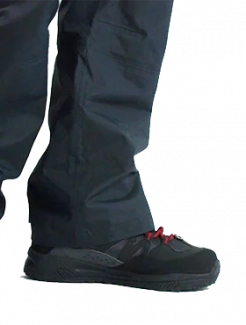Off-Road Riding Safety Gear: What You Can’t Skip
Off-roading is all about adrenaline—mud flying, tires gripping over rocks, and trails that push your limits. But with the thrill comes real risk. Uneven terrain, sudden weather changes, or a machine rollover can turn an exciting ride into a dangerous situation in seconds. That’s why off-road safety gear isn’t just an accessory—it’s essential.
In this guide, we’ll break down the must-have protective gear for off-road driving, from helmets and goggles to boots and body armor. You’ll also find practical recommendations to help you choose the right equipment for your riding style, so every adventure is both safe and unforgettable.
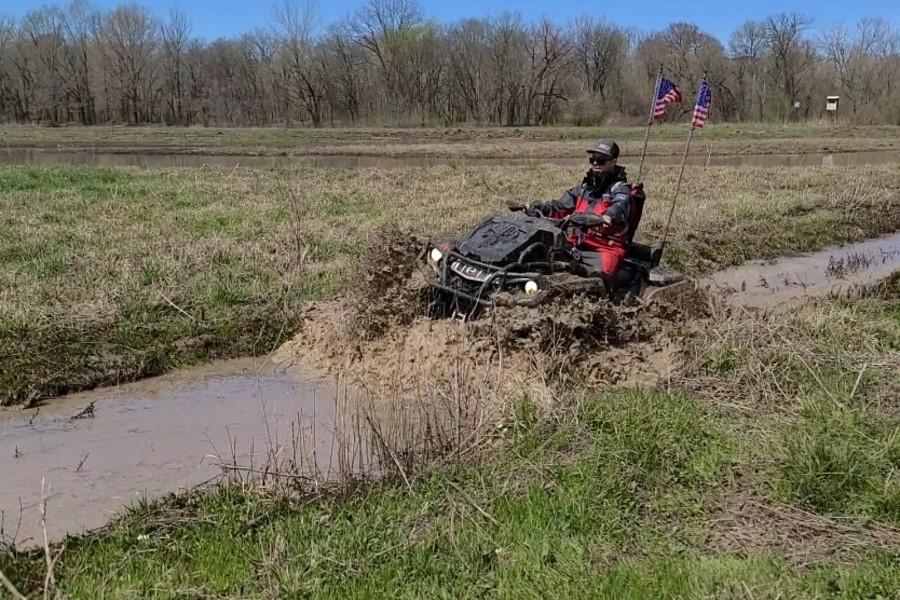
Why Safety Gear Is Non-Negotiable
Unlike highway driving, off-road adventures mean you’re exposed to constantly changing conditions: loose gravel, hidden tree roots, slippery mud, steep climbs, and fast descents. Even seasoned riders can’t predict every hazard.
Here’s why off-road safety gear is essential:
-
Accidents happen fast. One unexpected rock or rut can flip a vehicle.
-
Nature is unpredictable. Weather can shift from sunny to stormy in minutes, changing traction and visibility.
-
Machines are heavy. ATVs, UTVs, and dirt bikes can weigh hundreds of pounds—landing on you during a rollover.
-
Help isn’t always close. Trails are often remote, far from medical assistance.
The right gear minimizes injuries, boosts confidence, and keeps you riding longer.
The Core Off-Road Driving Safety Gear Every Rider Needs
1. Helmets – Non-Negotiable Protection
The helmet is your most important piece of protective gear. Head injuries are the leading cause of serious accidents in off-roading, and a certified helmet can make the difference between a scare and tragedy.
-
Types of helmets:
-
Full-face helmets – maximum coverage for ATV and UTV riders.
-
Motocross helmets – open face for goggles, designed for dirt bikes.
-
Modular helmets – versatile but slightly heavier.
-
Features to look for: DOT/ECE certification, strong chin strap, ventilation, impact-absorbing liner.
-
Pro tip: replace helmets every 5 years or after any crash, even if damage isn’t visible.
2. Goggles – Clear Vision, Safer Ride
Flying debris, dust, and mud are constant. Goggles protect your eyes while improving visibility.
-
Key features: anti-fog coating, scratch resistance, UV protection, interchangeable lenses.
-
Scenario example: on a bright day, tinted lenses prevent glare; at dusk, clear lenses improve visibility.
3. Gloves – Grip and Impact Protection
Gloves are often overlooked, but they are vital safety gear.
-
Benefits:
-
Prevent blisters on long rides.
-
Improve grip in wet or muddy conditions.
-
Protect hands from branches and rocks.
-
Look for: reinforced palms, knuckle guards, breathable fabric.
4. Boots – Stability and Traction
Your feet and ankles are at high risk when maneuvering heavy machines. A proper pair of off-road boots protects against crushing injuries, impacts, and burns from exhaust pipes.
-
Features to consider: waterproof materials, reinforced toe/heel, ankle support, aggressive tread.
-
Why not hiking boots: regular boots lack the support and protection off-roading demands.
5. Body Armor – Full Torso Protection
Armor keeps your core safe in crashes or rollovers.
-
Options:
-
Chest protectors for roost and debris.
-
Full jackets with integrated padding.
-
Soft-shell armor for comfort and flexibility.
-
Best use case: riders tackling rocky trails or racing where falls are more likely.
6. Knee and Elbow Guards
Joints take the brunt of impacts. Guards are lightweight, affordable, and prevent cuts, bruises, or worse injuries. Adjustable straps ensure they stay put.
7. Communication and Visibility Gear
Staying seen and heard matters:
-
Hi-vis vests and reflective stripes improve visibility in low light.
-
Helmet-mounted lights or LED strips make night riding safer.
-
Radios and Bluetooth intercoms keep groups connected in areas without cell service.
Weather-Specific Off-Road Protective Gear
Riding conditions vary drastically. Gear designed for one climate may fail in another.
-
Rain and Mud: waterproof jackets, bibs, and suits with sealed seams. Goggles with tear-offs for muddy splashes.
-
Cold and Snow: insulated boots, heated gloves, and breathable thermal layers. Snow helmets with deflectors prevent fogging.
-
Heat and Dust: lightweight jerseys, ventilated armor, hydration packs to prevent dehydration.
Advanced Off-Road Driving Safety Gear
For riders who push boundaries, consider these upgrades:
-
Neck braces: prevent hyperextension in rollovers.
-
Hydration packs: carry water on long, hot rides without stopping.
-
GPS trackers/emergency beacons: critical for remote rides where help is hours away.
-
First-aid kits: compact kits designed for trail injuries.
Off-Road Driving Safety Gear Recommendations
When building your kit, prioritize essentials, then expand:
-
Start with a helmet and goggles. These are must-haves for every ride.
-
Add boots and gloves. They protect your control points—hands and feet.
-
Layer in armor. Choose chest protectors or jackets depending on terrain.
-
Include weather-specific gear. Waterproof suits, insulated gloves, or ventilated jerseys depending on season.
-
Upgrade for long rides. Add hydration packs, radios, and emergency beacons.
Common Mistakes Riders Make with Safety Gear
Even experienced off-roaders can get safety wrong:
-
Skipping gear on “easy” rides. Accidents often happen when riders feel overconfident.
-
Buying cheap knock-offs. Uncertified helmets or boots fail faster under pressure.
-
Poor fit. Loose armor shifts during crashes, while overly tight gear restricts movement.
-
Ignoring maintenance. Dirty goggles, worn boots, or expired helmets reduce effectiveness.
How to Maintain off-road Protective Gear
Your gear works only if it’s in good condition. Basic upkeep extends its lifespan and ensures reliability.
-
Helmets: inspect liners, wash pads, check chin straps.
-
Goggles: clean lenses with microfiber, replace scratched ones.
-
Boots: dry after use, treat with waterproofing sprays.
-
Armor: wash liners, check straps and buckles.
-
Gloves: hand wash to preserve grip materials.
Choosing the Right off-road Safety Gear for Your Ride
Different off-road vehicles demand slightly different protective approaches:
-
ATV riders: prioritize helmets, goggles, boots, and chest protection.
-
UTV/SxS drivers: harness systems and helmets are critical; gloves protect against rollovers.
-
Dirt bike riders: full motocross armor, reinforced boots, and neck braces recommended.
-
4x4 truck drivers: helmets optional, but gloves, boots, and emergency gear are smart.
Final Thoughts
Off-roading is all about pushing limits—but safety has to come first. Investing in reliable off-road safety gear means you can ride with confidence, knowing you’re protected against the unexpected.
Start with the basics: helmet, goggles, gloves, and boots. Then build your setup with armor, weather-specific clothing, and advanced gear as your adventures grow.
Remember: gear isn’t about looking tough—it’s about making sure you get home safe, ready for the next ride.
With the right off-road protective gear, every adventure becomes safer, more comfortable, and a whole lot more fun.

